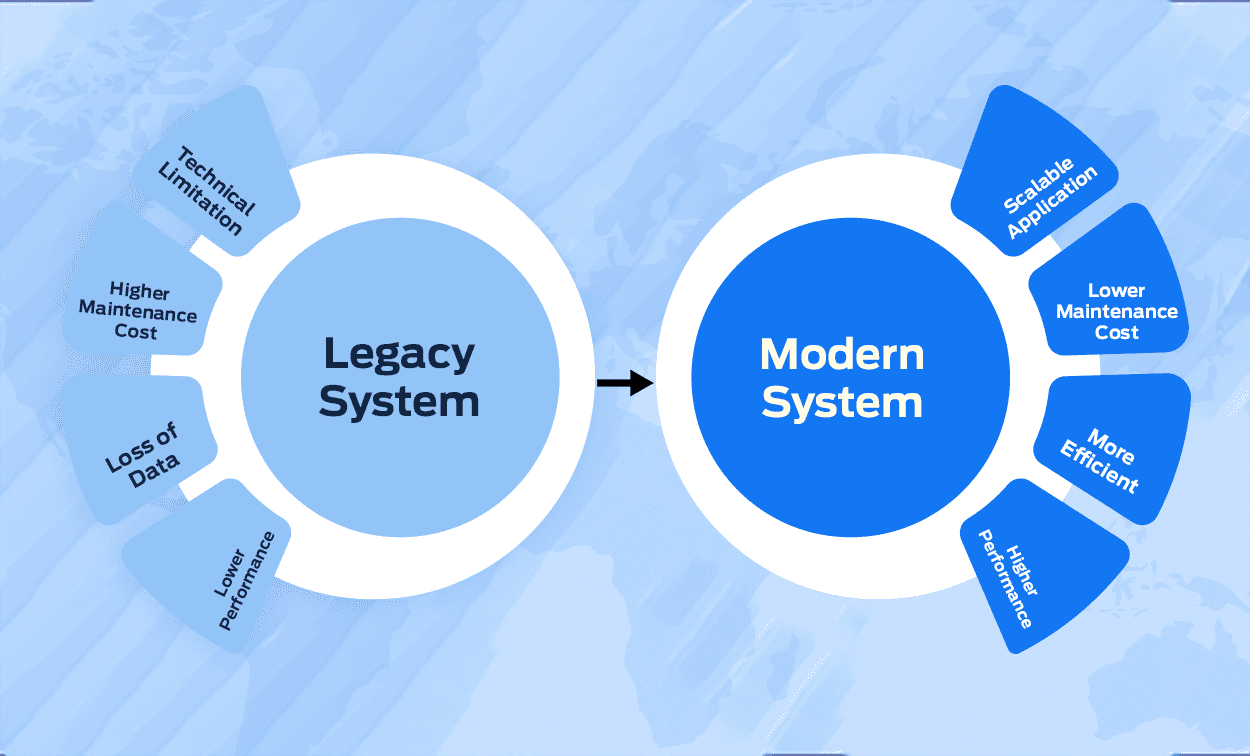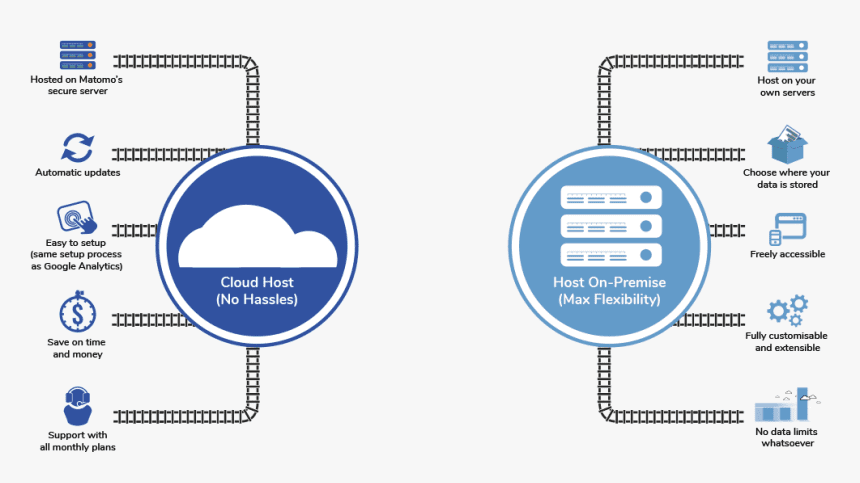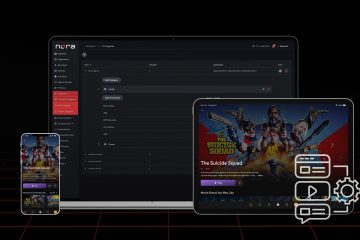Creating an OTT platform is not enough. It is essential to continue improving it to meet market demands and stand out from the competition. In this article, we share a few tips (and trends) you need to consider when optimizing and updating the OTT content strategy on your platform in 2023.
Tip 1: Pay Attention to the User Experience
Sure, content is an incredibly important part of your OTT strategy, but if no one can find it, then it’s useless, and you’ll have churn. A great UI/UX helps customers to find exactly what they want – a highly engaging OTT experience.
OTT service providers experience huge competition across the global markets. They all seek higher ‘stickiness’ – engagement of potential users. Even Netflix is not immune to less-than-stellar service at times.
Multiple factors influence the user’s experience in OTT streaming. OTT optimization refers to:
- Speed of ‘Launching’ the OTT service
- Locating content quickly through browsing
- Great search function
- Browsing content easily
- The smooth running of playing content
- Low-quality OTT streaming
- High-demand of users
Absorbing a high demand of users requires elasticity, high availability, and flexibility. Your OTT streaming platform should be able to provide the same response time and quality to the initial thousand users to the hundreds of thousands that specific content or situation might generate at a peak time.
Tip 2: Know How You Will Scale
You plan to succeed, right? Then you must plan to scale. Add this tip into your OTT business plan.
In recent years and especially during these past months, there has been a surge in IPTV and VOD streaming services. This has been a challenge for many MSO/ISP service providers and telecom operators who have to keep the same level of quality and reliance on the service, regardless of how many subscribers are on at once.
This has stretched the capacity of existing OTT streaming platforms and surfaced new challenges in terms of the elasticity of the OTT system architectures to accommodate new users by keeping the same levels of quality and high availability.
Tip 3: Ditch the Legacy System
Many ‘top-of-the-line’ OTT streaming services rely on ancient legacy systems created over 10-15 years ago or more. These legacy systems, although often stable, are hard to maintain and adapt to the new cloud-oriented technologies and architectures, such as microservices and Kubernetes.

Legacy systems, while initially enticing because they seem to do so much, can be very costly on the back end. And many legacy systems have different pieces of software glued together, making it difficult to adapt and change to the needs of their customers. Maybe, this is what stops you from becoming the best OTT solution.
By the way, Setplex has always continually created features and functionality, and our software can be customized to your needs.
Tip 4: Track these OTT Trends
There are 6 major OTT trends to enhance your OTT strategy in 2023. Let’s dive in:
- 5G. 5G Internet technology is gradually getting more popular, and, as predicted, it will change the OTT landscape and the way people consume media forever. It is becoming a new standard due to its reliability and speed – which can be blindingly fast. 5G helps live streaming become a reality. The solution not only reduces latencies but also provides the quality subs yearn for. AR and VR are highly impacted.
- User engagement. Another benefit of 5G is immersive experiences. 5G technology allows for true Virtual Reality and Augmented Reality. Also, some OTT platform owners are already merging video games and streaming services. You can also think of finding what you want to watch as user engagement as well.
- User Interface. As discussed above, UI is the experience that subs have when touring your service’s interface. If you have an easy UI to navigate, subs can find your OTT content, which means you have a greater UX. UI is also important for OTT marketing strategy as people prefer services with easy-to-use and highly intuitive interfaces. This is the situation where “appearance” matters.
- Niche content. Examples of OTT niche services include Shudder and Crunchyroll. Niche content by its very nature reaches a smaller target audience, but that audience is very loyal, and that reduces churn. Explicitly defining target groups increases the chances of reaching people who are interested in a given content. Potentially, it leads to revenue growth.
- Localized content. Not as much of an issue in places like the US, but for other countries like India, there are many languages and subcultures – so creating ‘content for everyone’ does not always work. Localization obviously increases engagement among the target audiences, and that reduces churn.
- Microservices. Going from on-premise hardware to a more sophisticated native cloud architecture is one of the OTT trends. Microservice architecture is intended to overcome the hurdles, failures, and breakdown of the bigger applications and thereby increase the modularity aspect and elasticity of your solution. New features can be implemented much easier. The additional ‘container’ approach by using Kubernetes allows third-party access to the infrastructure in a way that better shares the resource among multiple use cases. Microservices delivered with Kubernetes containers provide multi-tenant isolation and container resource quotas, key for those companies that want to offer the service to multiple different ISPs from one single source of content.
What’s all that heavy language mean? Stability.
Hey, wanna tip about tracking OTT trends? Google Alerts can be mighty helpful! Just put in a term and start getting alerts daily or weekly.

Tip 5: Target All the Right OTT Devices, such as Smartphones, Tablets, and SmartTVs
Which devices are being used to consume your video content?
- Are you targeting the right devices?
- Is the type of content they are viewing long or short?
- Is the content targeted to younger audiences (mobile or web) or for the traditional audience (SmartTV)?
- How do you keep up with platform fragmentation, new VOD streaming platforms entering the market, as well as with changes in Android, iOS, Samsung, and LG?
- How do you plan to monetize based on new OTT business model objectives like AVOD or/and SVOD?
Your chosen OTT platform should be flexible enough to react and adapt to all these needs.
Tip 6: In-Cloud or On-Premise?
The trend in the market is usually In-Cloud. But OTT streaming service providers still find this choice a dilemma:
- Opt for a more controlled on-premise environment, or
- Use the very scalable in-cloud deployment.
As stated before, scaling is a big issue. But for the most part, why invest in an on-prem solution, where you must buy more and more expensive equipment and services as you scale? In-cloud deployments have no equipment and are therefore less costly (both upfront and overtime) as you scale.

An exception to this rule is for governments, which may have restrictions on how you set up your in-cloud infrastructure, or not allow in-cloud at all.
So, what to choose? Unless you are restricted, in-cloud over-the-top solutions are the way to go. They scale on-demand, can be spun up in a day, and are just as secure as on-premise solutions.
Operators who deploy IPTV and OTT at the same time (a hybrid model) usually benefit from in-cloud most.
Migration is of course an option. The OTT streaming provider can start with a low number of users in a more controlled on-premise platform and then later move to a more powerful, in-cloud system. Alternatively, the OTT service provider might be inclined to start with an in-cloud platform for a low number of users, within an OPEX model to later evolve into a less OPEX demanding on-premise platform. BTW, Setplex can help you migrate – we’ll take care of the headaches.
Conclusion
The quick OTT video services adoption due to the pandemic has given new relevance to all aspects involved in optimizing your OTT content strategy. The high availability of the platform, making sure the service is always up and running at the best quality, and handling peak demands, has become a must.
It has also become central to OTT streaming service providers to achieve the flexibility and elasticity that such services demand, by implementing new platforms based on microservices and container architectures with powerful and intuitive middleware to support ever-changing business environments.
About Setplex

Setplex excels in providing an end-to-end IPTV/OTT solution, based on native cloud architecture, using microservices and Kubernetes to guarantee elasticity, high availability, and flexibility.
Our OTT/IPTV middleware makes sure that you can test different OTT business model strategies with different audiences in a matter of days, and launch your service on any of the multiple platforms available in the market.
Setplex maximizes the monetization of OTT platforms with multiple business models and high availability on many platforms.
We provide one of the leading solutions for OTT platforms in India, the USA, Chile, the UK, and many more countries.





1 Comment
James · August 18, 2021 at 12:26 pm
I really appreciate this post. I have been looking everywhere for this! Thank goodness I found it on Google. Your tips on how to optimize OTT content strategy are very helpful. Thank you again!